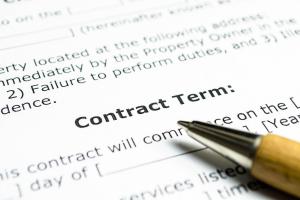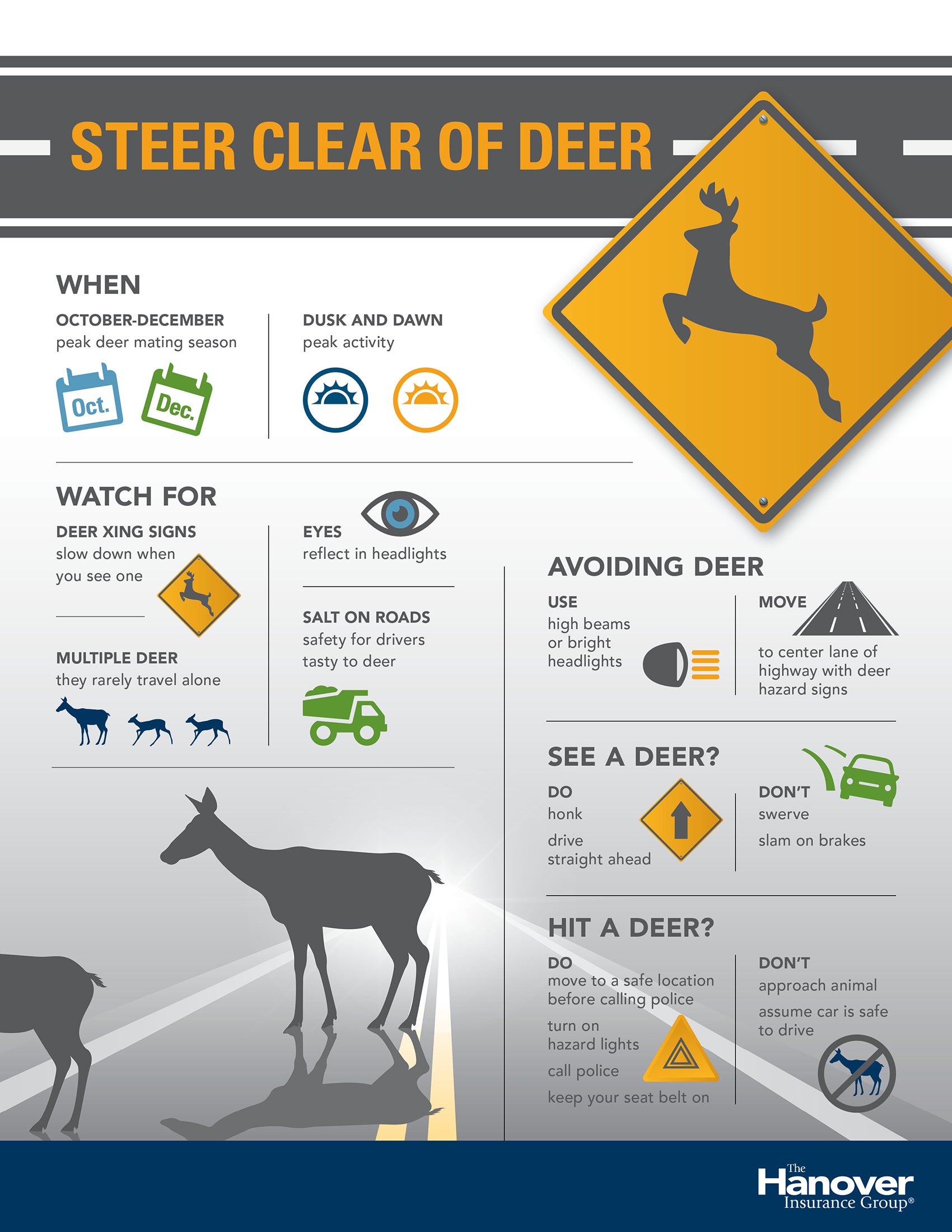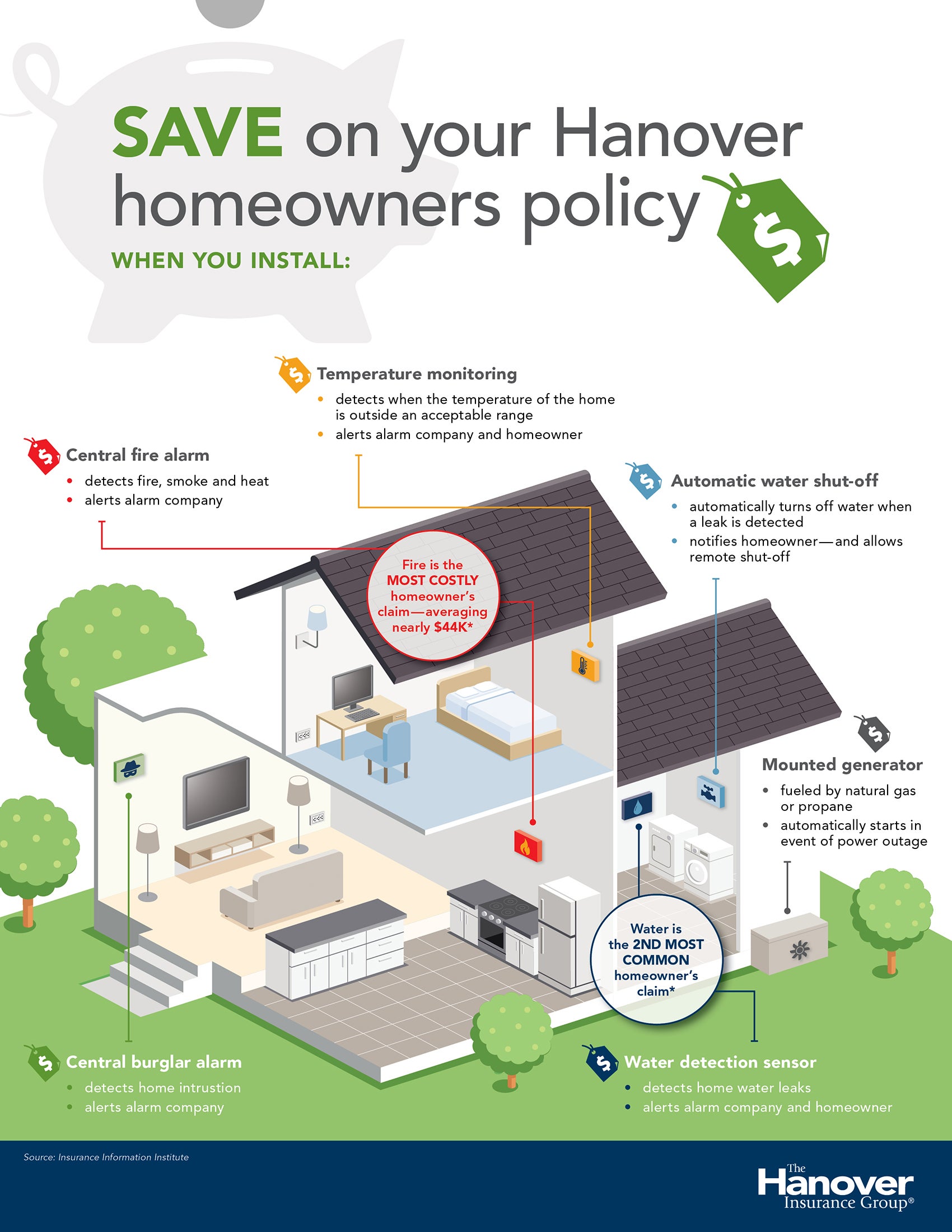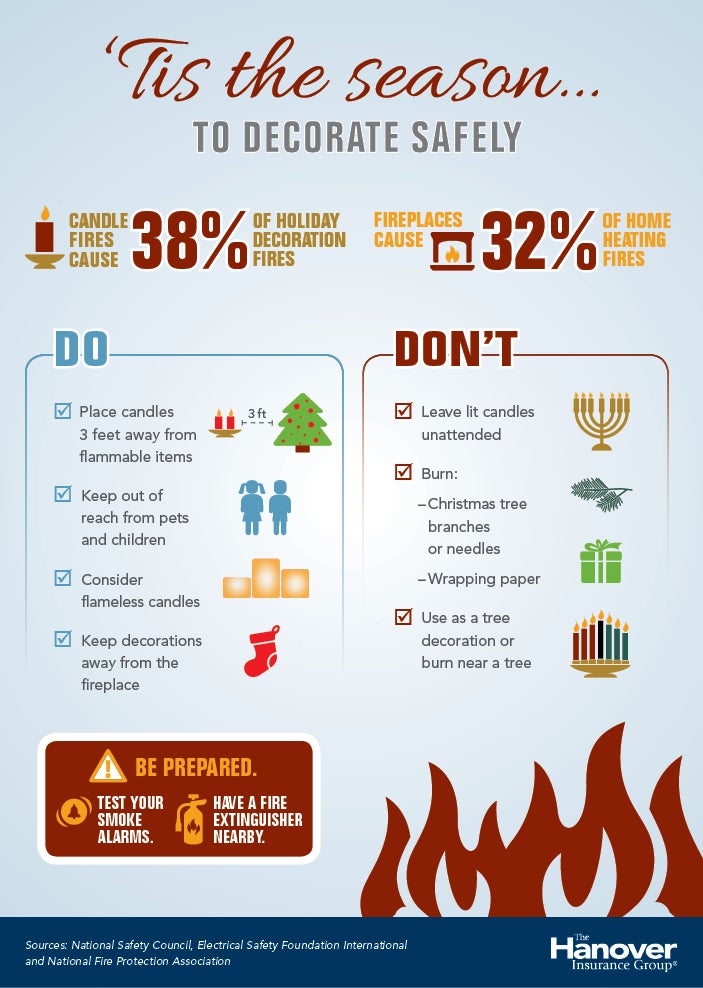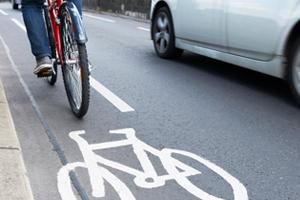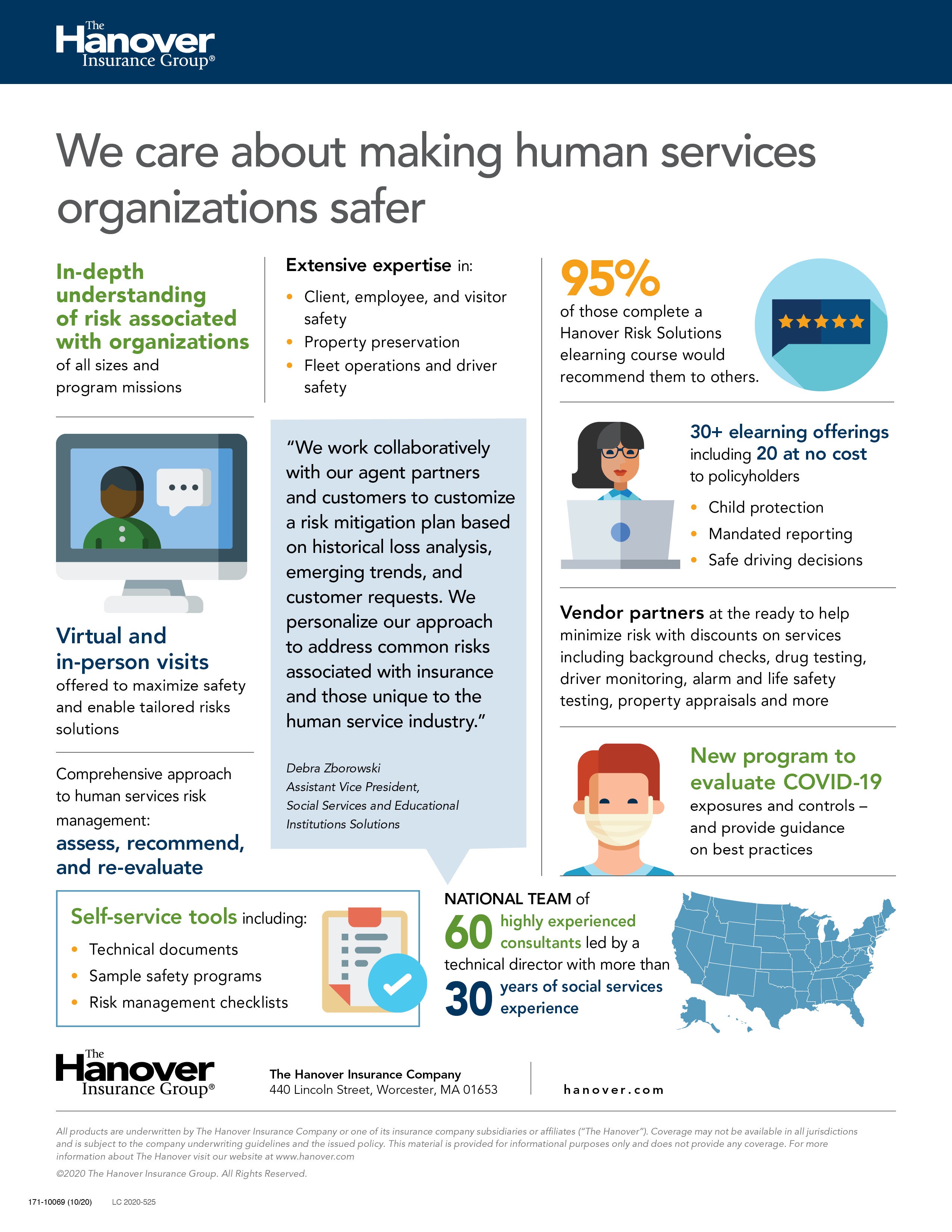4 tips to protect your keyless car

Key-free ignition devices, known as key fobs, were designed to help prevent auto theft. A recent spike in vehicle thefts, however, is in part due to this same technology.
According to a New York Times article, reported vehicle thefts in New York City in 2020 climbed to 6,858 – up from 3,988 the year before. Forgetfulness with key fobs - such as leaving the device in the car or keeping the radio signal it creates turned on - is one of the main reasons for this spike.
Taking proper precautions can help ensure your fob is a convenience for you and not helping would-be car thieves take the wheel of your car.
1. Secure the fob.
At home, store your key fobs away from your vehicle to prevent the radio signal it creates from giving those nearby easy access. If you are able, turn off your key fob signal when you are not using it to deter those trying to capture your signal.
2. Lock it down.
Whether you are leaving your vehicle for 10 seconds or longer, lock it up until you get back. More than half of the reported 2020 New York City vehicle thefts occurred while the car was still running. Take the extra steps to lock all doors and windows, turn off your vehicle and take the key fob with you.
3. Strengthen app-based passwords.
Some vehicles use phone apps as a convenient way to open your car. If you use one of these apps, make sure you use strong passwords and never share these passwords – or your phone with this app – with anyone.
4. Use common sense.
Practice safe habits such as keeping valuables out of sight and parking in well-lit areas to help deter vehicle theft, regardless of the car’s technological capabilities.
Have peace of mind knowing The Hanover offers protection options for you in the event of motor vehicle theft. Talk to your independent insurance agent to learn more.
Sources
This material is provided for informational purposes only and does not provide any coverage or guarantee loss prevention. The examples in this material are provided as hypothetical and for illustration purposes only. The Hanover Insurance Company and its affiliates and subsidiaries (“The Hanover”) specifically disclaim any warranty or representation that acceptance of any recommendations contained herein will make any premises, or operation safe or in compliance with any law or regulation. By providing this information to you, The Hanover does not assume (and specifically disclaims) any duty, undertaking or responsibility to you. The decision to accept or implement any recommendation(s) or advice contained in this material must be made by you.
LC 2021-017
4 tips to protect your keyless car
Key-free ignition devices, known as key fobs, were designed to help prevent auto theft. A recent spike in vehicle thefts, however, is in part due to this same technology.
According to a New York Times article, reported vehicle thefts in New York City in 2020 climbed to 6,858 – up from 3,988 the year before. Forgetfulness with key fobs - such as leaving the device in the car or keeping the radio signal it creates turned on - is one of the main reasons for this spike.
Taking proper precautions can help ensure your fob is a convenience for you and not helping would-be car thieves take the wheel of your car.
1. Secure the fob.
At home, store your key fobs away from your vehicle to prevent the radio signal it creates from giving those nearby easy access. If you are able, turn off your key fob signal when you are not using it to deter those trying to capture your signal.
2. Lock it down.
Whether you are leaving your vehicle for 10 seconds or longer, lock it up until you get back. More than half of the reported 2020 New York City vehicle thefts occurred while the car was still running. Take the extra steps to lock all doors and windows, turn off your vehicle and take the key fob with you.
3. Strengthen app-based passwords.
Some vehicles use phone apps as a convenient way to open your car. If you use one of these apps, make sure you use strong passwords and never share these passwords – or your phone with this app – with anyone.
4. Use common sense.
Practice safe habits such as keeping valuables out of sight and parking in well-lit areas to help deter vehicle theft, regardless of the car’s technological capabilities.
Have peace of mind knowing The Hanover offers protection options for you in the event of motor vehicle theft. Talk to your independent insurance agent to learn more.
Sources
This material is provided for informational purposes only and does not provide any coverage or guarantee loss prevention. The examples in this material are provided as hypothetical and for illustration purposes only. The Hanover Insurance Company and its affiliates and subsidiaries (“The Hanover”) specifically disclaim any warranty or representation that acceptance of any recommendations contained herein will make any premises, or operation safe or in compliance with any law or regulation. By providing this information to you, The Hanover does not assume (and specifically disclaims) any duty, undertaking or responsibility to you. The decision to accept or implement any recommendation(s) or advice contained in this material must be made by you.
LC 2021-017
4 tips to protect your keyless car
Key-free ignition devices, known as key fobs, were designed to help prevent auto theft. A recent spike in vehicle thefts, however, is in part due to this same technology.
According to a New York Times article, reported vehicle thefts in New York City in 2020 climbed to 6,858 – up from 3,988 the year before. Forgetfulness with key fobs - such as leaving the device in the car or keeping the radio signal it creates turned on - is one of the main reasons for this spike.
Taking proper precautions can help ensure your fob is a convenience for you and not helping would-be car thieves take the wheel of your car.
1. Secure the fob.
At home, store your key fobs away from your vehicle to prevent the radio signal it creates from giving those nearby easy access. If you are able, turn off your key fob signal when you are not using it to deter those trying to capture your signal.
2. Lock it down.
Whether you are leaving your vehicle for 10 seconds or longer, lock it up until you get back. More than half of the reported 2020 New York City vehicle thefts occurred while the car was still running. Take the extra steps to lock all doors and windows, turn off your vehicle and take the key fob with you.
3. Strengthen app-based passwords.
Some vehicles use phone apps as a convenient way to open your car. If you use one of these apps, make sure you use strong passwords and never share these passwords – or your phone with this app – with anyone.
4. Use common sense.
Practice safe habits such as keeping valuables out of sight and parking in well-lit areas to help deter vehicle theft, regardless of the car’s technological capabilities.
Have peace of mind knowing The Hanover offers protection options for you in the event of motor vehicle theft. Talk to your independent insurance agent to learn more.
Sources
This material is provided for informational purposes only and does not provide any coverage or guarantee loss prevention. The examples in this material are provided as hypothetical and for illustration purposes only. The Hanover Insurance Company and its affiliates and subsidiaries (“The Hanover”) specifically disclaim any warranty or representation that acceptance of any recommendations contained herein will make any premises, or operation safe or in compliance with any law or regulation. By providing this information to you, The Hanover does not assume (and specifically disclaims) any duty, undertaking or responsibility to you. The decision to accept or implement any recommendation(s) or advice contained in this material must be made by you.
LC 2021-017
4 tips to protect your keyless car
Key-free ignition devices, known as key fobs, were designed to help prevent auto theft. A recent spike in vehicle thefts, however, is in part due to this same technology.
According to a New York Times article, reported vehicle thefts in New York City in 2020 climbed to 6,858 – up from 3,988 the year before. Forgetfulness with key fobs - such as leaving the device in the car or keeping the radio signal it creates turned on - is one of the main reasons for this spike.
Taking proper precautions can help ensure your fob is a convenience for you and not helping would-be car thieves take the wheel of your car.
1. Secure the fob.
At home, store your key fobs away from your vehicle to prevent the radio signal it creates from giving those nearby easy access. If you are able, turn off your key fob signal when you are not using it to deter those trying to capture your signal.
2. Lock it down.
Whether you are leaving your vehicle for 10 seconds or longer, lock it up until you get back. More than half of the reported 2020 New York City vehicle thefts occurred while the car was still running. Take the extra steps to lock all doors and windows, turn off your vehicle and take the key fob with you.
3. Strengthen app-based passwords.
Some vehicles use phone apps as a convenient way to open your car. If you use one of these apps, make sure you use strong passwords and never share these passwords – or your phone with this app – with anyone.
4. Use common sense.
Practice safe habits such as keeping valuables out of sight and parking in well-lit areas to help deter vehicle theft, regardless of the car’s technological capabilities.
Have peace of mind knowing The Hanover offers protection options for you in the event of motor vehicle theft. Talk to your independent insurance agent to learn more.
Sources
This material is provided for informational purposes only and does not provide any coverage or guarantee loss prevention. The examples in this material are provided as hypothetical and for illustration purposes only. The Hanover Insurance Company and its affiliates and subsidiaries (“The Hanover”) specifically disclaim any warranty or representation that acceptance of any recommendations contained herein will make any premises, or operation safe or in compliance with any law or regulation. By providing this information to you, The Hanover does not assume (and specifically disclaims) any duty, undertaking or responsibility to you. The decision to accept or implement any recommendation(s) or advice contained in this material must be made by you.
LC 2021-017





